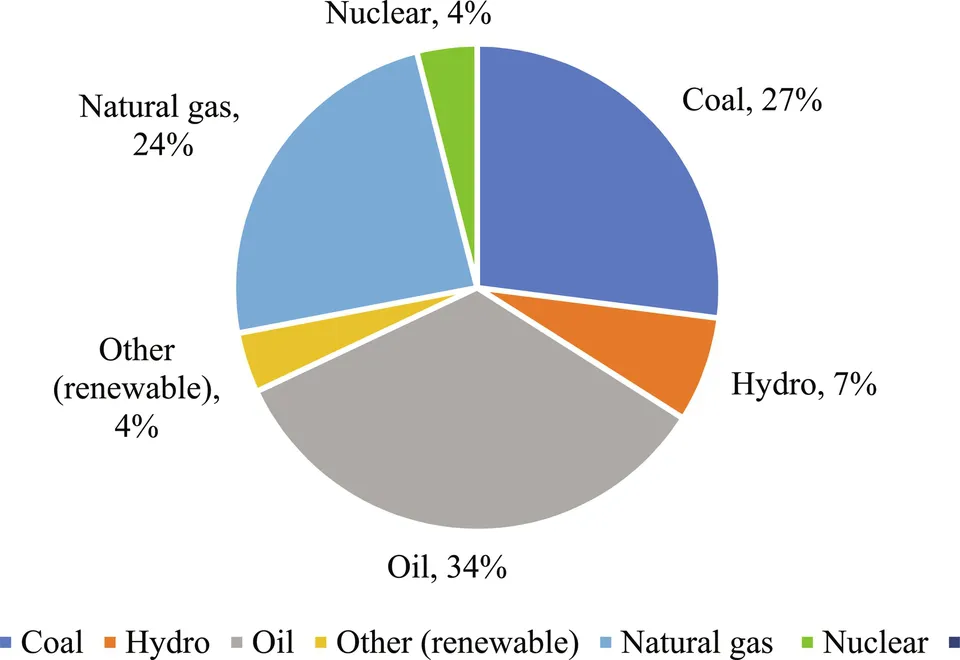
- 520 pages
- English
- ePUB (mobile friendly)
- Available on iOS & Android
Advances in Clean Energy Technologies
About This Book
Advances in Clean Energy Technologies presents the latest advanced approaches toward a cleaner and more sustainable energy environment. Editor Kalam Azad and his team of expert contributors focus on recent developments in the field of clean energy technologies, sustainable zero emission resources, energy efficiency and environmental sustainability, as well as clean energy policy and markets. This well-rounded reference includes an authoritative view on control and storage solutions specific to medium and large-scale industries, advanced approaches to modeling, and experimental investigations on clean energy technologies.
Those working in and researching clean energy and sustainability will obtain detailed understanding of a variety of zero emission energy production and conversion approaches, as well as important socio-economic and environmental considerations that can be applied to their own unique power generation settings.
- Presents an exclusive analysis on advanced approaches of modeling and experimental investigations of clean energy technologies, including solar, wind, ocean, and hybrid systems
- Includes an authoritative and cross-disciplinary view on energy policy and energy markets
- Helps readers develop an understanding of concepts and solutions to global issues surrounding sustainability in medium-large scale energy industries
- Offers detailed understanding of a variety of zero emission energy production and conversion approaches
Frequently asked questions
Information
Chapter 1: Sun: The main source of ground energy and power
Abstract
Keywords
1.1: Introduction


Table of contents
- Cover image
- Title page
- Table of Contents
- Copyright
- Dedication
- Contributors
- About the Editor
- Preface
- Section A: Solar energy
- Section B: Wind energy
- Section C: Hydroenergy
- Section D: Hybrid energy system
- Section E: Clean energy policy and market
- Index